BioChemicalElectroPhysical. Action Potential. Negative Voltage.
- Borrow2Share

- Oct 28, 2021
- 3 min read
Updated: Nov 1, 2021
Neurons.
Neurons. Electrical Signal (Action Potential Travels Through Cell). To Chemical Signal (Neurotransmitters Release Across Synaptic Cleft). Back to Electrical Signal (Action Potential).
Negative Voltage. Resting Membrane Potential. Threshold Potential. What Is Action Potential Illustrated.
Rush In of Positives. (1) Depolarization. Less Negative '-'. (2) Repolarization. More Negative '-'. (3) Hyperpolarization Overshoot. More Negative '--'. (4) Back To Resting Potential.

Drugs and Their Effects on Neurotransmitters.
(1) Agonists. (2) Antagonists. (3) Re-Uptake Inhibitors.
Hormones. Glands. Cell Receptors.
The Endocrine System. 3 Glands in Brain. 7 Glands in Body. Secrete Hormones.
Uptake via Hormone Cell Receptors On All Cells In Body.
Through Its Constant Regulation, It In Turn Regulates Our Bodily Processes, Keeps Us In Balance, and Drives Large-Scale Changes Across Our Body. That Help Us Become Who We Are.
The Synapses Theory Of Memory: How Are Memories Formed?
(Ref. https://qbi.uq.edu.au/brain-basics/memory/how-are-memories-formed )
The brain simmers with activity. Different groups of neurons (nerve cells), responsible for different thoughts or perceptions, drift in and out of action.
Memory is the reactivation of a specific group of neurons, formed from the persistent changes in the Strength of Connections between among neurons. But what allows a specific combination of neurons to be reactivated over any other combination of neurons?
The answer is synaptic plasticity. This term describes the persistent changes in the Strength of Connections – called Synapses – between brain cells. These connections can be made stronger or weaker depending on when and how often they have been activated in the past. Active connections tend to get stronger, whereas those connections that aren’t used get weaker and can eventually disappear entirely.
A connection between two neurons (a synapse) becomes stronger when neuron A consistently activates neuron B, making it fire an action potential (spike), and the connection (a synapse) gets weaker if neuron A consistently fails to make neuron B fire a spike. Lasting increases and decreases in synaptic strength are called long-term potentiation (LTP) and long-term depression (LTD).
(1) Changing the Strength of existing Synapses, or (2) even adding New Synapses or removing Old Synapses, is critical to memory formation. But there is also evidence that another type of plasticity, (3) not directly involving synapses, could be important for memory formation. In some parts of the adult brain, such as the important memory structure known as the hippocampus, brand new neurons can be created in a process called neurogenesis.
Simple Animal Models. [Our Memory Impairments, Supermemory, Etc.]
Opening Up The Memory Black Box.
Studies in older mice have shown that by increasing neurogenesis in the hippocampus, memory can be improved. In humans, exercise has been shown to increase the volume of the hippocampus – suggesting new neurons are being created – and at the same time improve performance in memory tasks.
Different 'Neuron Ensembles' For Different Memories
Memories occur when specific groups of neurons are reactivated. In the brain, any stimulus results in a particular pattern of neuronal activity—certain neurons become active in more or less a particular sequence. If you think of your cat, or your home, or your fifth birthday cake, different ensembles, or groups, of neurons become active. The theory is that strengthening or weakening synapses makes particular patterns of neuronal activity more or less likely to occur.
As a five-year-old, if given the word 'house', you might have imagined a drawing of a house. As an adult, upon hearing the same word you may well picture your own house—a different response for the same input.
This is because your experience and memories have changed the connections between among the neurons ensemble, making the old 'house' ensemble less likely to occur than the new 'house' ensemble.
In other words, recalling a memory involves re-activating a particular group of neurons. The idea is that by previously altering the strengths of particular synaptic connections, synaptic plasticity makes this possible.
Memories are stored by changing the connections between among neurons ensembles. A five-year-old child will activate a certain group of neurons (Ensemble A); whereas adults will activate a different ensemble (Ensemble A') with the same stimulus. Synaptic plasticity driven by repeated experience can change the connections strengths between among neurons ensembles. This is how there can be the different neuronal responses to the same input. (Image: Alan Woodruff / QBI).
Sleep Is Important For Memory Formation
Sleep is another important factor for memory storage. During sleep, the hippocampus and neocortex take part in a carefully choreographed dialogue in which the hippocampus replays recent events: the same hippocampal neurons active during an experience become activated again during slow-wave sleep, over and over in a time-compressed manner, helping to update the neocortex as to what needs to be stored. This replay only occurs during sleep, so if you’re skimping on sleep, you aren’t letting your brain consolidate memories.

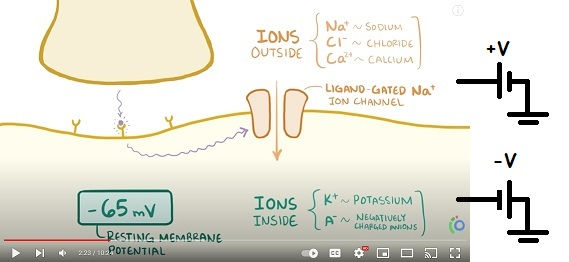
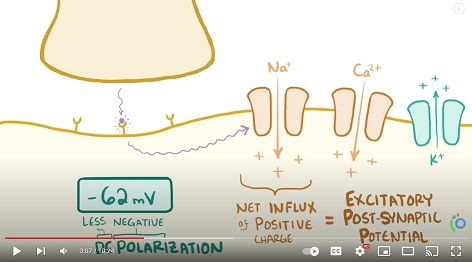
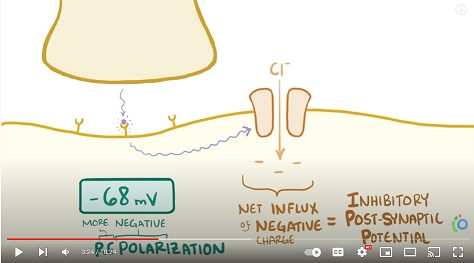
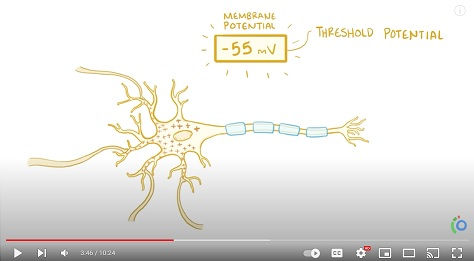
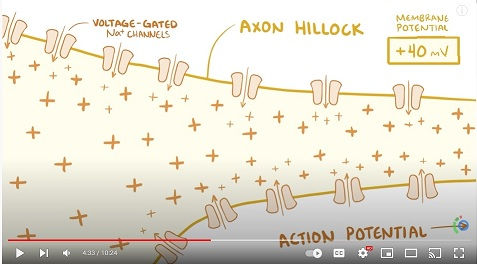
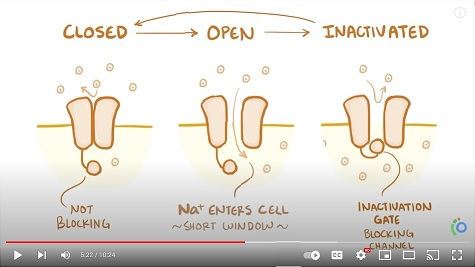
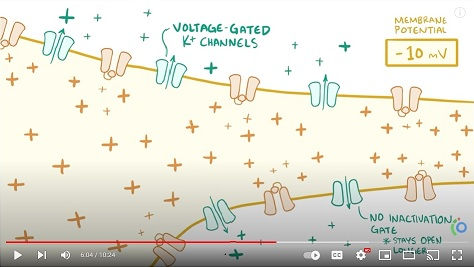
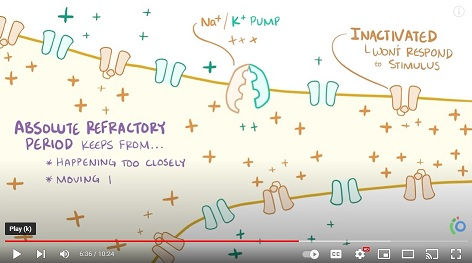
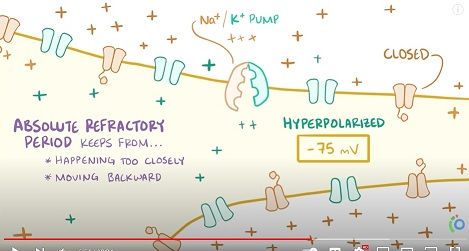
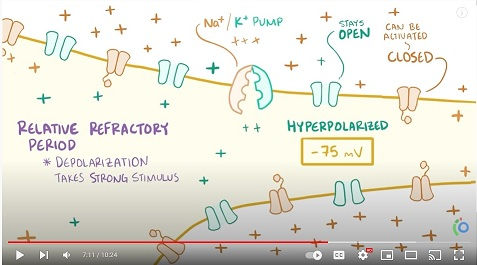
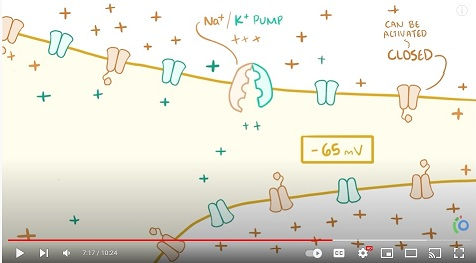
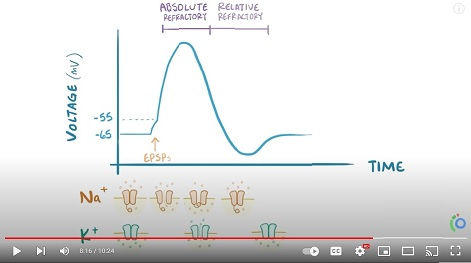
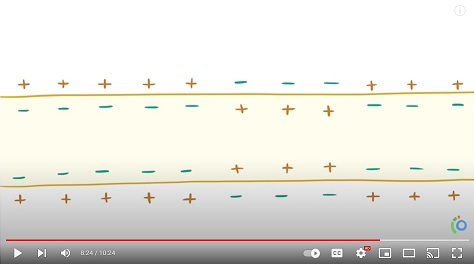
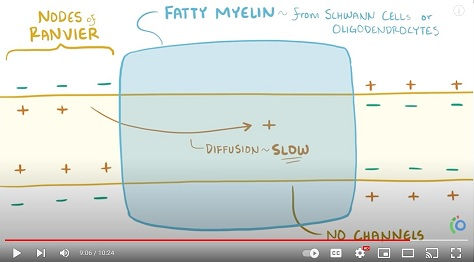
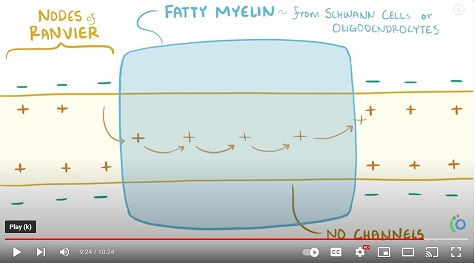
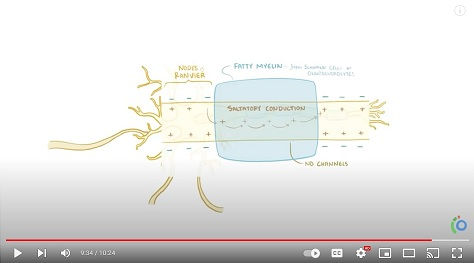
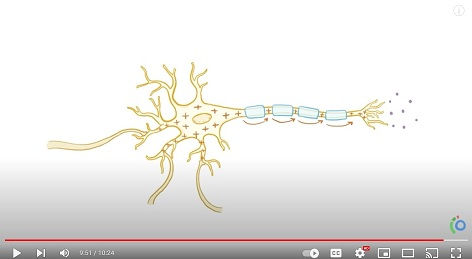



Comments